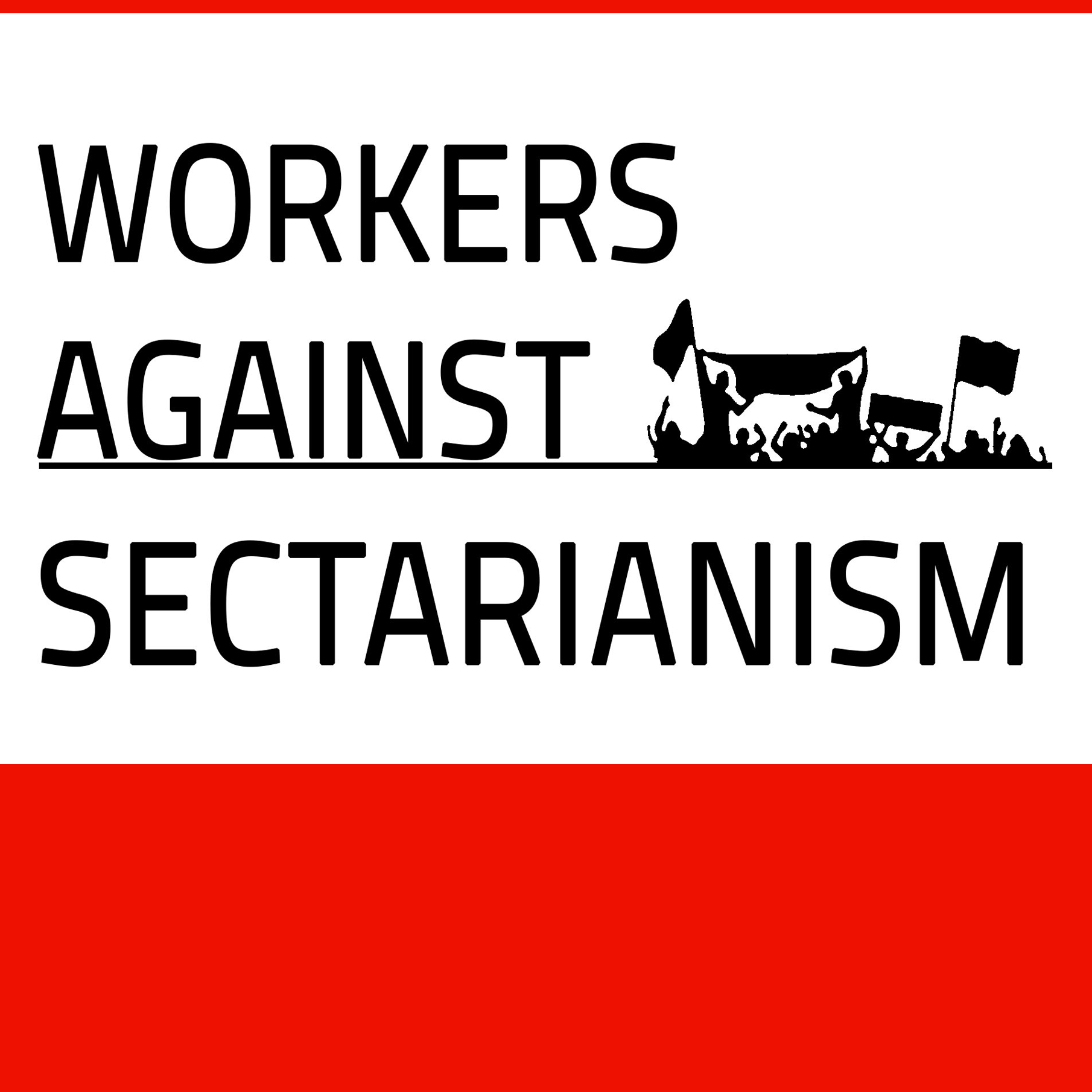The unprecedented process of popular unity since “October uprising”, show that Iraqi women and men are healing from decades of war and social fragmentation.
By Zahra Ali
Since October 2019, Iraq is experiencing a turning point in its history with popular mobilizations demanding radical change. The Iraqi revolution is a societal uprising involving a wide spectrum of society including the dispossessed, the marginalized, the ones deprived of resources and power.
Women’s massive participation from young female students to older women has turned this uprising to a people’s revolution. While remarkable, this participation is not surprising, it only makes visible deep societal realities and transformations that have found their space of expression in the Iraqi streets and squares of protest.
Reclaiming public space
Since at least the 1990s, wars and harsh economic sanctions impacted heavily on Iraqi women who had to carry the society’s livelihood and survival on their shoulders, as head of their households, workers and caretakers. Decades of wars and economic hardship also turned public spaces into militarized and male dominated spaces.
Tahrir Square in Baghdad, Al-Habubi Square in Nasriya and squares of protests all over the country are spaces where those who are looked down upon, dominated and discriminated against can exist and thrive. Women are taking back public space in marching, demonstrating, occupying, organizing and making them-selves visible and loud whether in the frontline facing Iraqi security forces’ brutality, or in their artwork decorating the squares of protests, and taking care of the wounded protesters, cooking and cleaning.
Read more from the source: Assafir AL-Arabi

 Nominating a new parliament speaker without any immediate solutions since last year, 2023.
Nominating a new parliament speaker without any immediate solutions since last year, 2023. On the memory of the genocide that the marshes were subjected to, who are the Ahwarians?
On the memory of the genocide that the marshes were subjected to, who are the Ahwarians? Muqtada al-Sadr’s militia attack the Green Zone in Baghdad
Muqtada al-Sadr’s militia attack the Green Zone in Baghdad The environmental activist Jassim al-Asadi, who seeks to protect the marshes in Iraq, has been kidnapped on 1/2/2023.wed
The environmental activist Jassim al-Asadi, who seeks to protect the marshes in Iraq, has been kidnapped on 1/2/2023.wed Working women in Iraq – the way to work is not safe
Working women in Iraq – the way to work is not safe Urgent: Total chaos inside Iraq, imposing a curfew, general closure of all government institutions, in addition to leaving most of the embassies of foreign countries in Baghdad.
Urgent: Total chaos inside Iraq, imposing a curfew, general closure of all government institutions, in addition to leaving most of the embassies of foreign countries in Baghdad.














